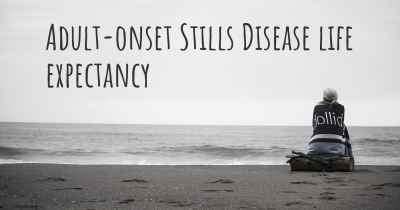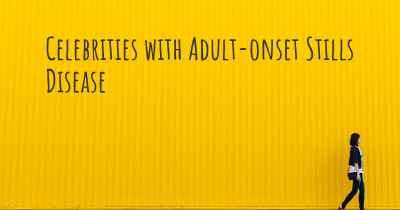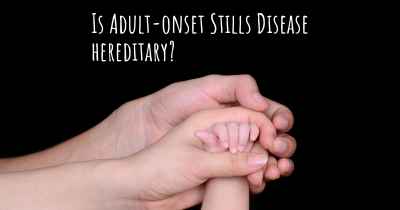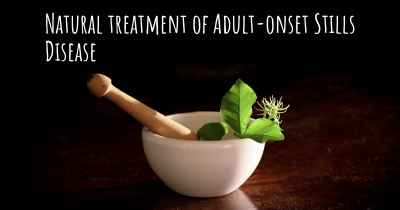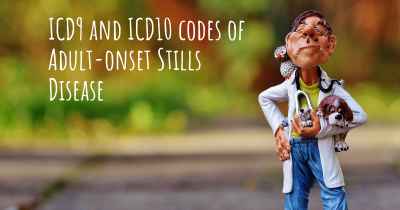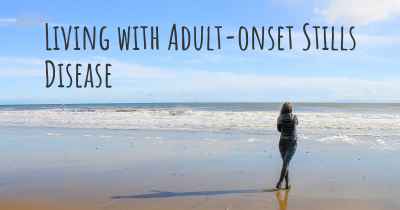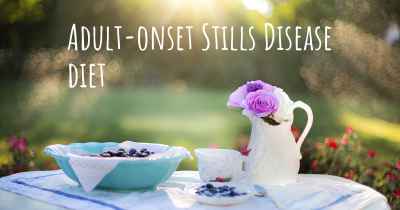Is it advisable to do exercise when affected by Adult-onset Stills Disease? Which activities would you suggest and how intense should they be?
See if it is advisable for people with Adult-onset Stills Disease to practice sports and which ones are the most recommended if you have Adult-onset Stills Disease
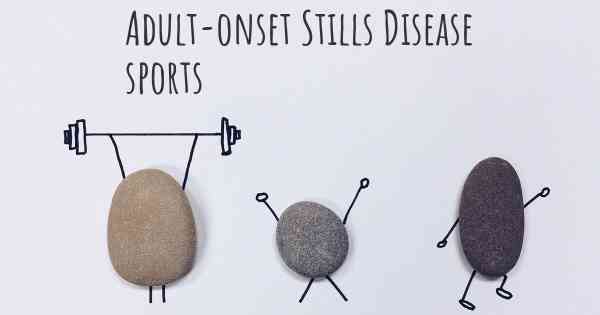
Exercise and Adult-onset Still's Disease
Adult-onset Still's Disease (AOSD) is a rare inflammatory disorder that primarily affects joints, causing symptoms such as fever, rash, and joint pain. If you have been diagnosed with AOSD, you may wonder if exercise is advisable and what activities would be suitable for you. While it is important to consult with your healthcare provider before starting any exercise regimen, incorporating regular physical activity can have numerous benefits for individuals with AOSD.
The Benefits of Exercise
Engaging in regular exercise can provide several advantages for individuals with AOSD:
- Pain management: Exercise can help alleviate joint pain and stiffness by promoting blood flow, reducing inflammation, and releasing endorphins, which are natural pain-relieving chemicals in the body.
- Improved joint function: Regular physical activity can enhance joint flexibility, range of motion, and overall joint function.
- Weight management: AOSD can sometimes lead to weight gain due to decreased mobility and medication side effects. Exercise can help maintain a healthy weight or support weight loss, reducing stress on the joints.
- Enhanced mood and mental well-being: Physical activity stimulates the release of serotonin and dopamine, neurotransmitters that contribute to improved mood and reduced stress levels.
- Cardiovascular health: Certain types of exercise, such as aerobic activities, can improve cardiovascular fitness, reducing the risk of heart disease, which may be elevated in individuals with AOSD.
Recommended Exercises for AOSD
When selecting exercises, it is crucial to consider your individual capabilities, overall health, and any specific limitations or restrictions advised by your healthcare provider. Here are some exercise options that are generally well-tolerated by individuals with AOSD:
- Low-impact aerobic exercises: Activities such as walking, swimming, cycling, and using an elliptical machine can provide cardiovascular benefits without placing excessive stress on the joints.
- Strength training: Light to moderate resistance training using weights, resistance bands, or bodyweight exercises can help improve muscle strength and joint stability. Focus on exercises that target major muscle groups while avoiding excessive strain on affected joints.
- Range of motion exercises: Gentle stretching and range of motion exercises can help maintain or improve joint flexibility. These exercises should be performed slowly and without force, ensuring you stay within a comfortable range of motion.
- Yoga and tai chi: These mind-body exercises combine gentle movements, stretching, and deep breathing, promoting relaxation, balance, and flexibility. They can be particularly beneficial for individuals with AOSD.
Exercise Intensity and Duration
The intensity and duration of exercise should be tailored to your individual needs and capabilities. It is generally recommended to start with shorter durations and lower intensities, gradually increasing as tolerated. Here are some guidelines to consider:
- Start slow: Begin with 10-15 minutes of exercise per session, focusing on proper form and technique.
- Listen to your body: Pay attention to any pain or discomfort during and after exercise. If you experience increased joint pain or swelling, it may be a sign to reduce the intensity or duration of your workouts.
- Gradually increase intensity: As your fitness level improves and your body adapts, you can gradually increase the intensity and duration of your workouts. Aim for at least 150 minutes of moderate-intensity aerobic exercise per week, along with two or more days of strength training.
- Allow for rest and recovery: It is important to balance exercise with adequate rest periods to prevent overexertion and promote recovery.
Precautions and Considerations
While exercise can be beneficial for individuals with AOSD, it is essential to keep the following precautions in mind:
- Consult your healthcare provider: Before starting any exercise program, consult with your healthcare provider to ensure it is safe and appropriate for your specific condition.
- Warm-up and cool-down: Prior to exercise, perform a gentle warm-up to increase blood flow and prepare your muscles and joints. Afterward, cool down with stretching exercises to promote flexibility and prevent muscle tightness.
- Modify or avoid certain activities: Some high-impact activities, such as running or jumping, may exacerbate joint pain or inflammation. Modify or avoid these activities if they cause discomfort.
- Use assistive devices if needed: Depending on your joint involvement and mobility, you may benefit from using assistive devices such as braces, splints, or walking aids to support your exercise routine.
- Stay hydrated: Drink plenty of water before, during, and after exercise to prevent dehydration and support overall health.
Remember, always consult with your healthcare provider before starting or modifying any exercise program, especially if you have a chronic condition like AOSD. They can provide personalized recommendations based on your specific needs and medical history.
Posted Feb 25, 2019 by Terry 2550
Posted Sep 29, 2019 by Jenifer E 4550
Swimming is a good exercise to do, light jogging, general workouts to keep fit without overly exerting yourself or causing joint discomfort/pain
Posted Jan 21, 2021 by Lina 850
Posted Sep 30, 2021 by Marjolein 1600
Posted Oct 18, 2017 by Paula Andrea 2750
